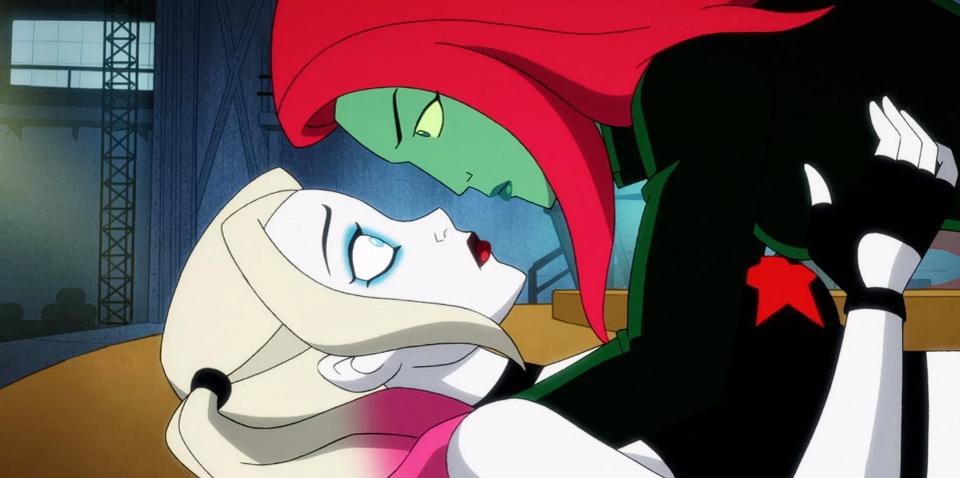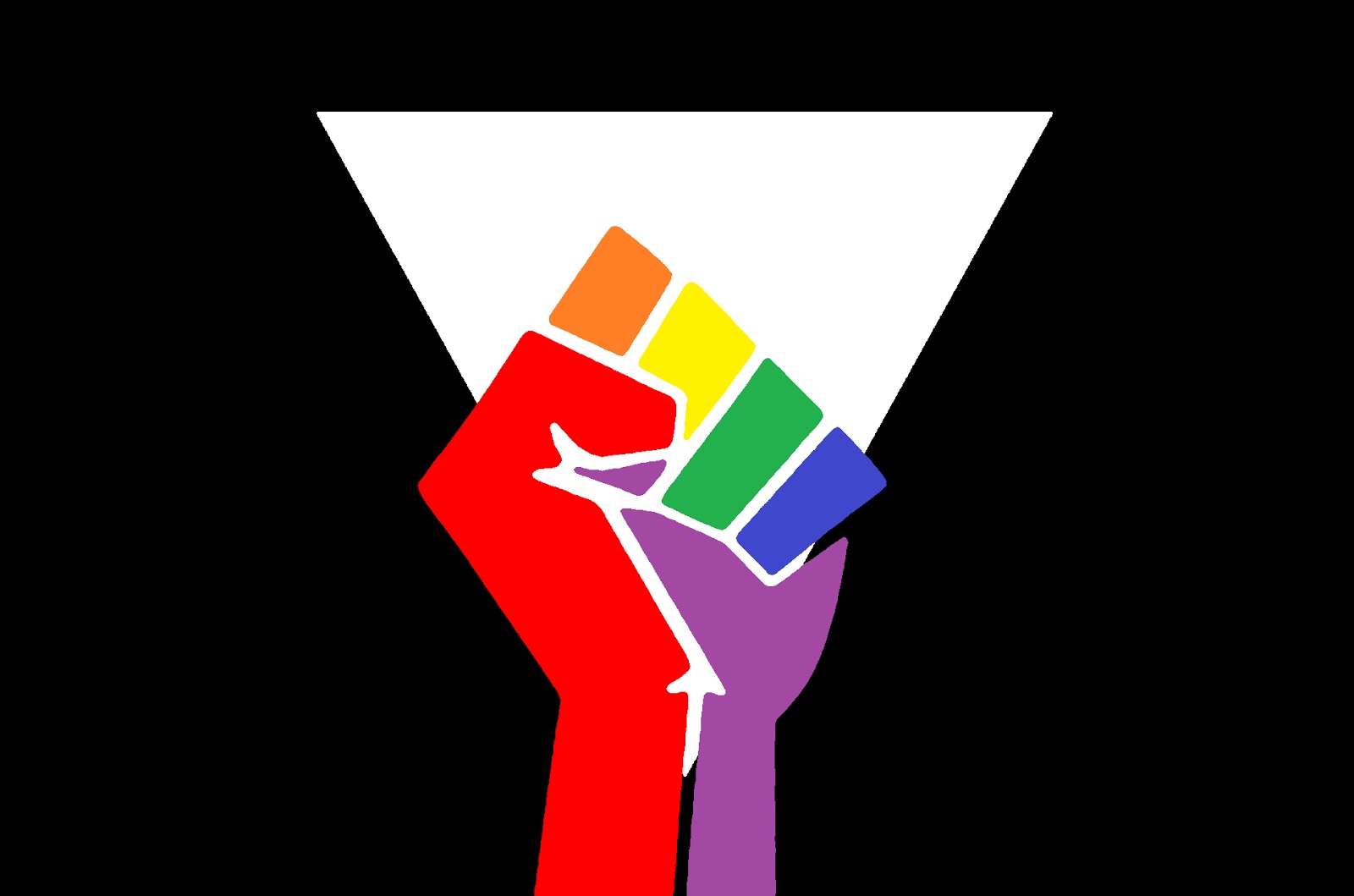
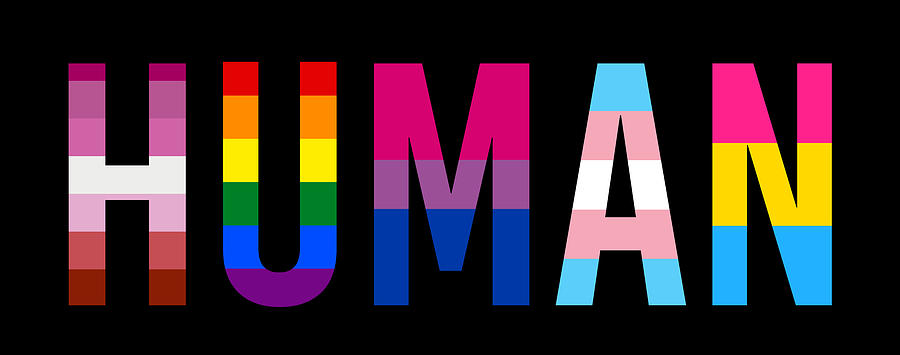

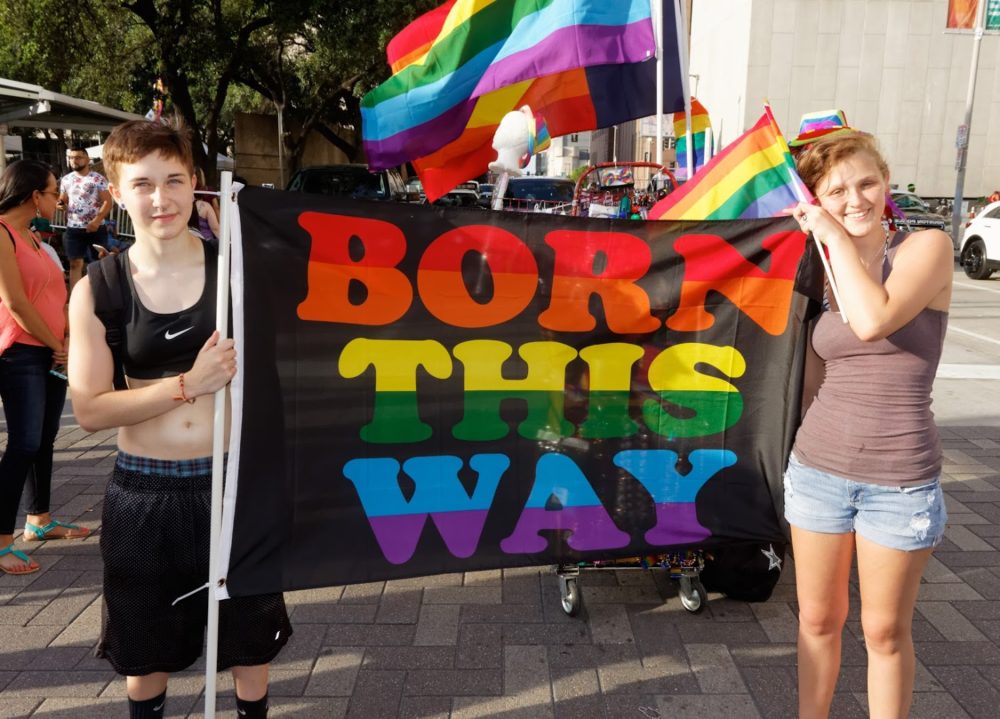
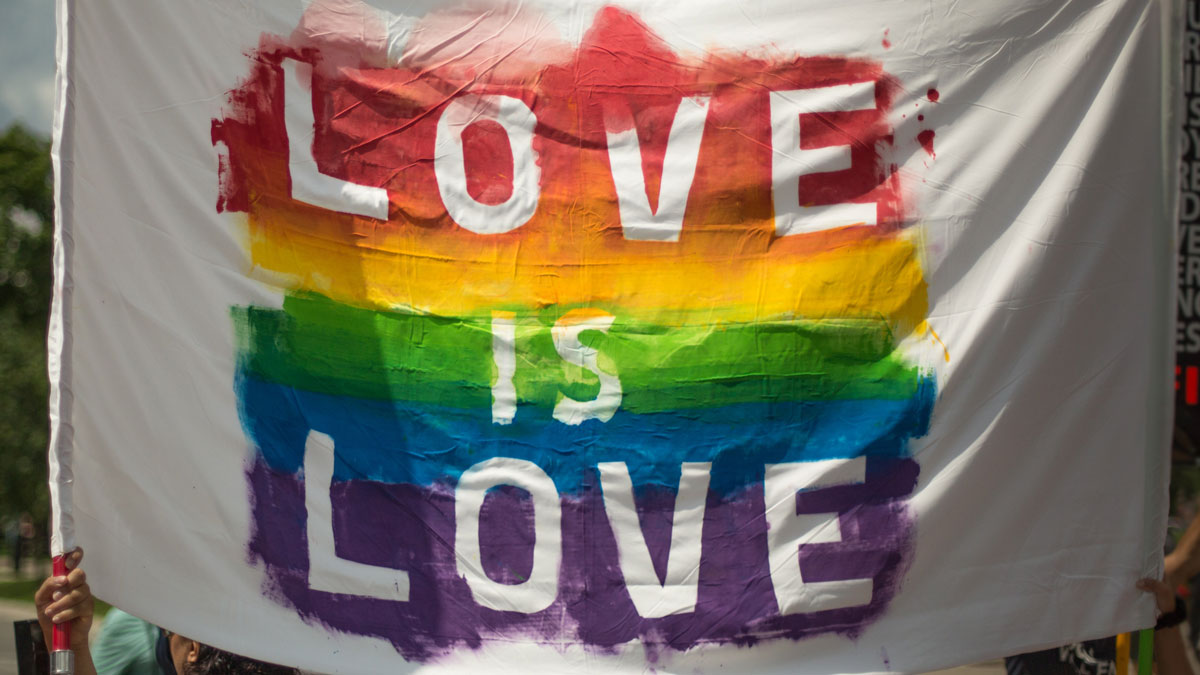
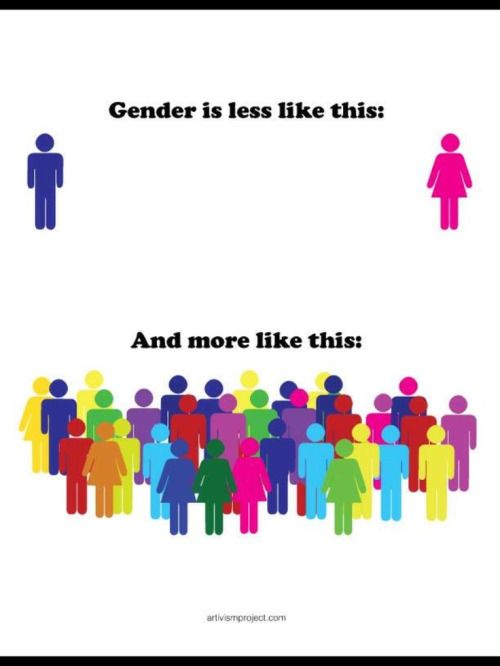
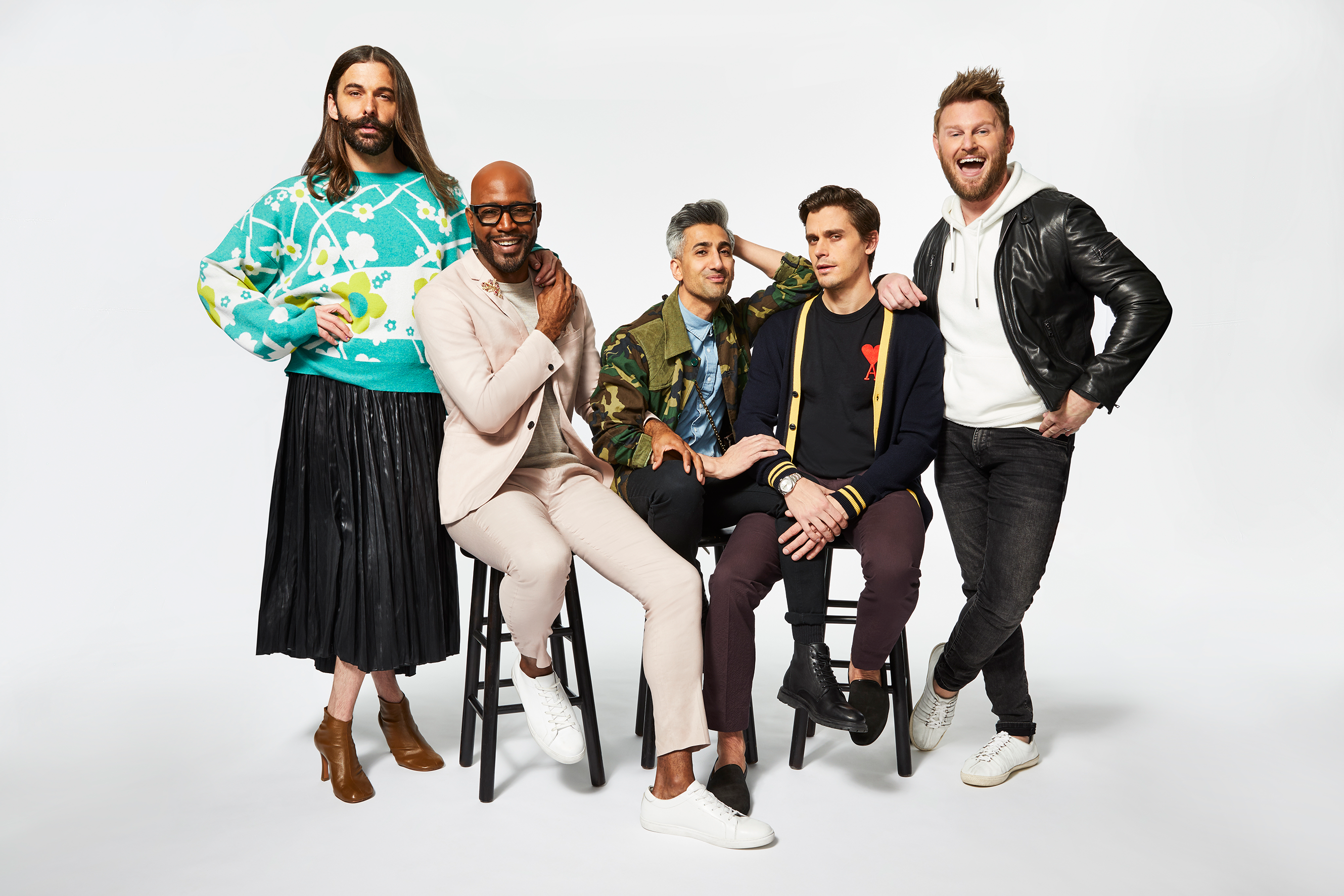
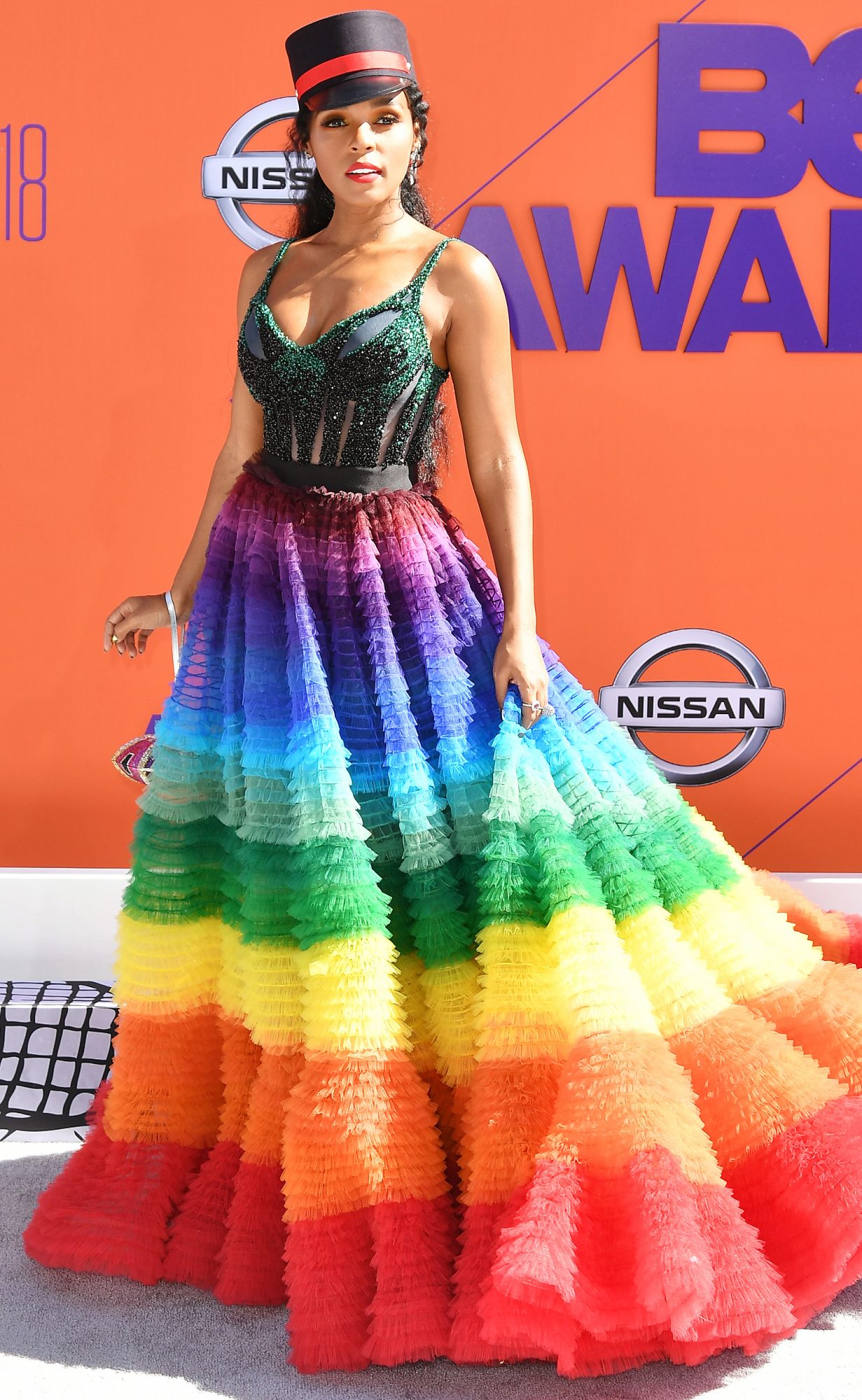
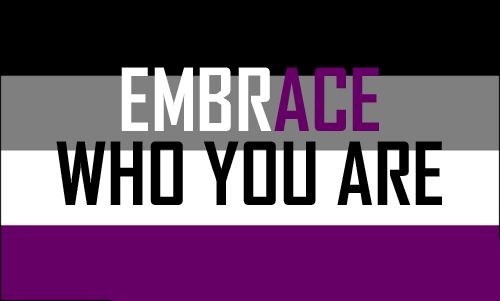
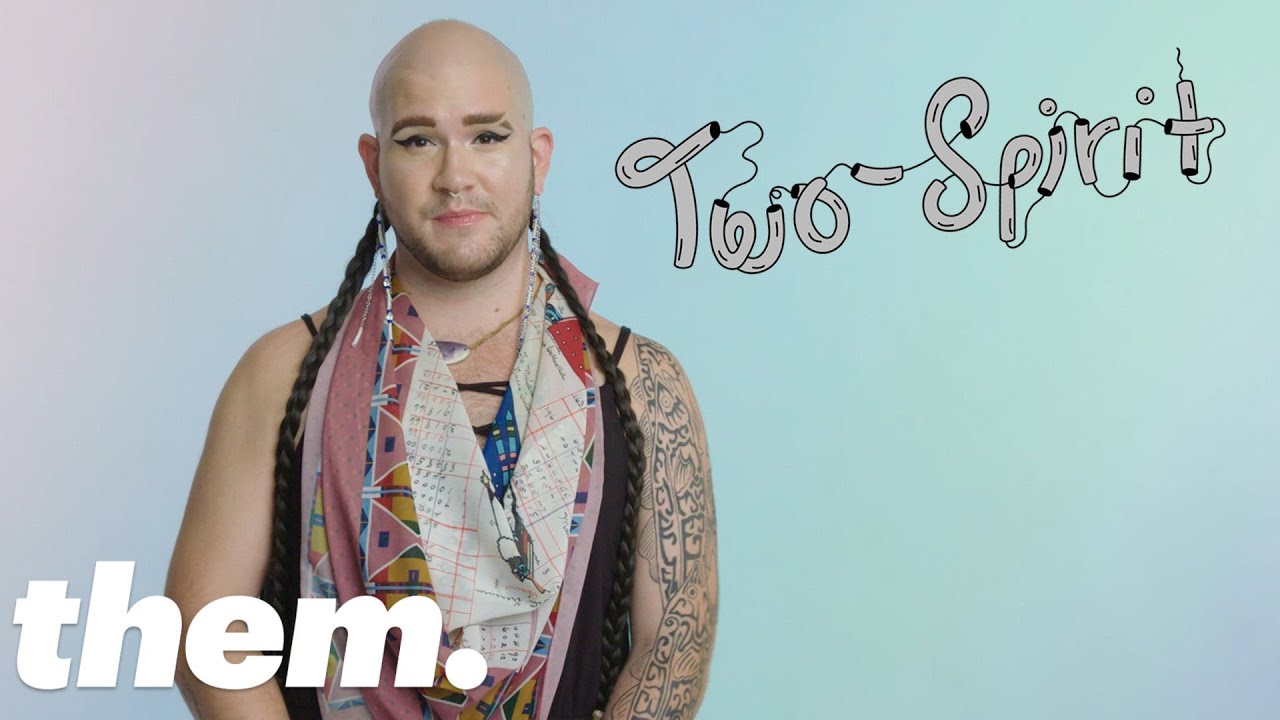
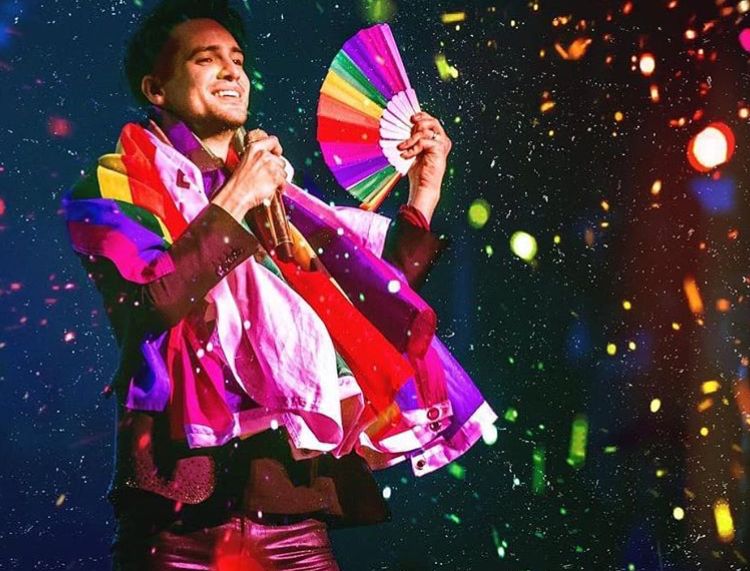
Most folx have heard the term “LGBT,” whether in popular media, conversations with loved-ones and acquaintances, or in reference to events that celebrate the community (i.e. Pride, National Coming Out Day, etc.). The list of LGBT celebrities extends from Oscar Wilde to Laverne Cox, with folx like Ellen DeGeneres, Elton John, and Prince filling up the wide range of space in between.
While many people abbreviate the acronym for our community to “LGBT,” there are a myriad of diverse identities included under our queer umbrella that often get left out in this short-hand.
Alphabet Soup
The first four letters are pretty easy to guess: L for lesbian, G for gay, B for bisexual, and T for transgender.
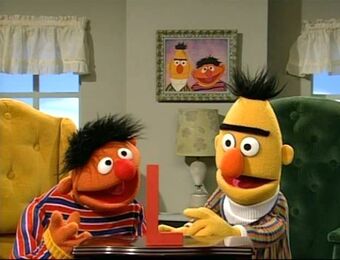
While the definitions for these identities are fairly well-known, there are a few letters that folx may not know about:
Q for Queer or Questioning: Queer, in this instance, is used as an umbrella term that includes the variety of different identities within the LGBTQIA+ community. While it is okay to talk about queer identities, it is not acceptable to refer to somebody as “a queer.” That is offensive.
Questioning refers to anybody who is in the process of exploring their gender identity, expression or sexuality.
I for Intersex: Intersex folx are those people whose sexual anatomy or chromosomes do not fit within society’s binary categorizations of male vs. female.
A is for Androgynous, Asexual, Aromantic, Agender and Ally: Androgynous people exist between male and female binaries, while Agender folx feel they are without gender and present however they feel comfortable. Asexual people are not interested in sex, but may still want romantic relationships, while Aromantic folx might be interested in sex, but have no interest in being romantically involved with anybody. Allies are those folx who do not identify as members of the LGBTQIA+ community, but love or support the people who do.
The + sign on the end includes any other identities that weren’t explicitly included. Pansexual folx, for example, are sexually attracted to people regardless of their gender identity. For the full list of LGBTQIA+ identities, click on the picture below:
Inclusivity
We know what you’re thinking: why are all of these beautiful identities included under one gorgeous movement? What do fabulous gay, lesbian, bisexual, pansexual, and other folx have in common with glorious transgender and gender non-conforming snails?
In the late 1960s, before drag shows were a fun-filled family affair and Queer Eye was one of the most beloved shows on Netflix, expressing queer love was something folx could only do in private, while being transgender or dressing in drag was full-on illegal. Because of the oppressive laws of the time, queer folx congregated at secret gay bars around the country, where they could be themselves without fear of retaliation, violence, or legal action.
There was one bar in particular—the Stonewall Inn in Greenwich Village—that served the queer community of New York City starting in 1967. On June 28, 1969, a horde of police officers raided the establishment and the patrons fought back. Our trans foremothers (including, but not limited to: Marsha P. Johnson, Sylvia Rivera, and Victoria Cruz) stood alongside future gay rights activists in the uprising that became known as the “Stonewall Riots.”
Following Stonewall, the Gay Liberation Movement emerged, morphing over the years into what we think of today as the LGBTQIA+ community.
While folx within the community represent countless identities and sexual orientations, we are all one family, bound by shared history and love.
“Tell me, what is it you plan to do with your one wild and precious life?“
Mary Oliver – “The Summer Day”

